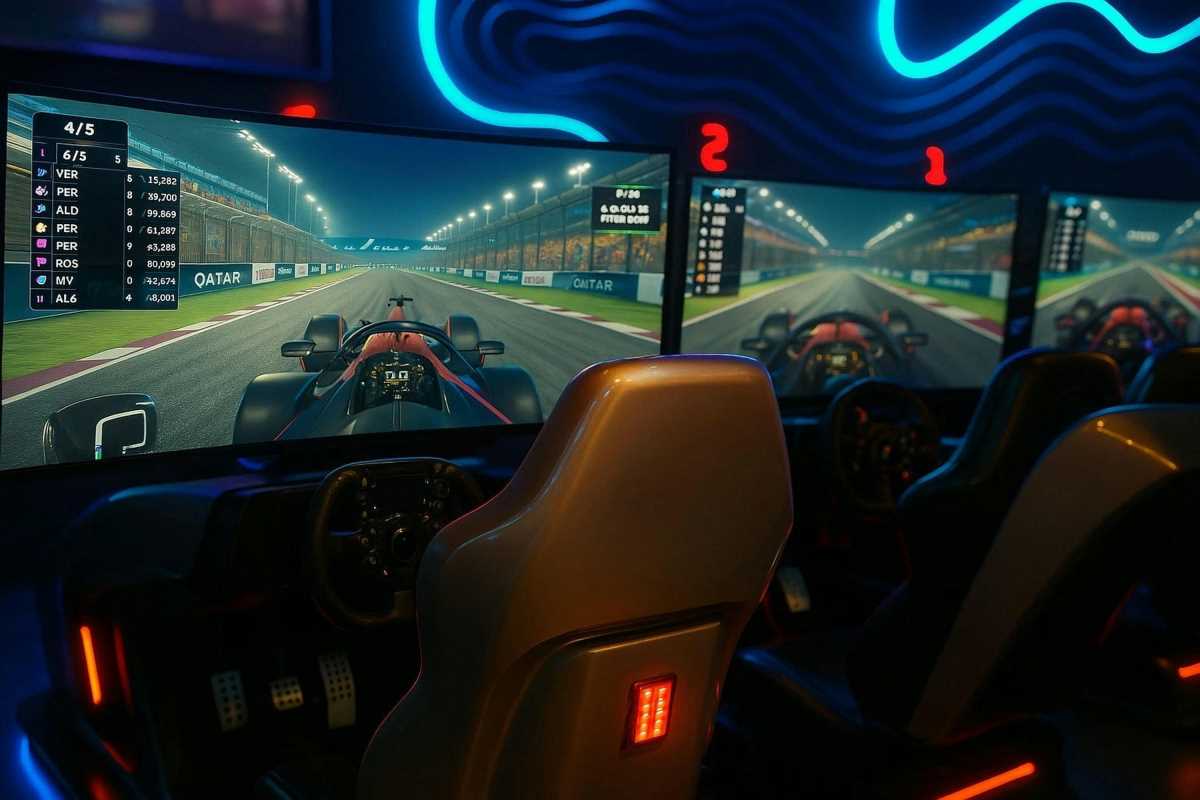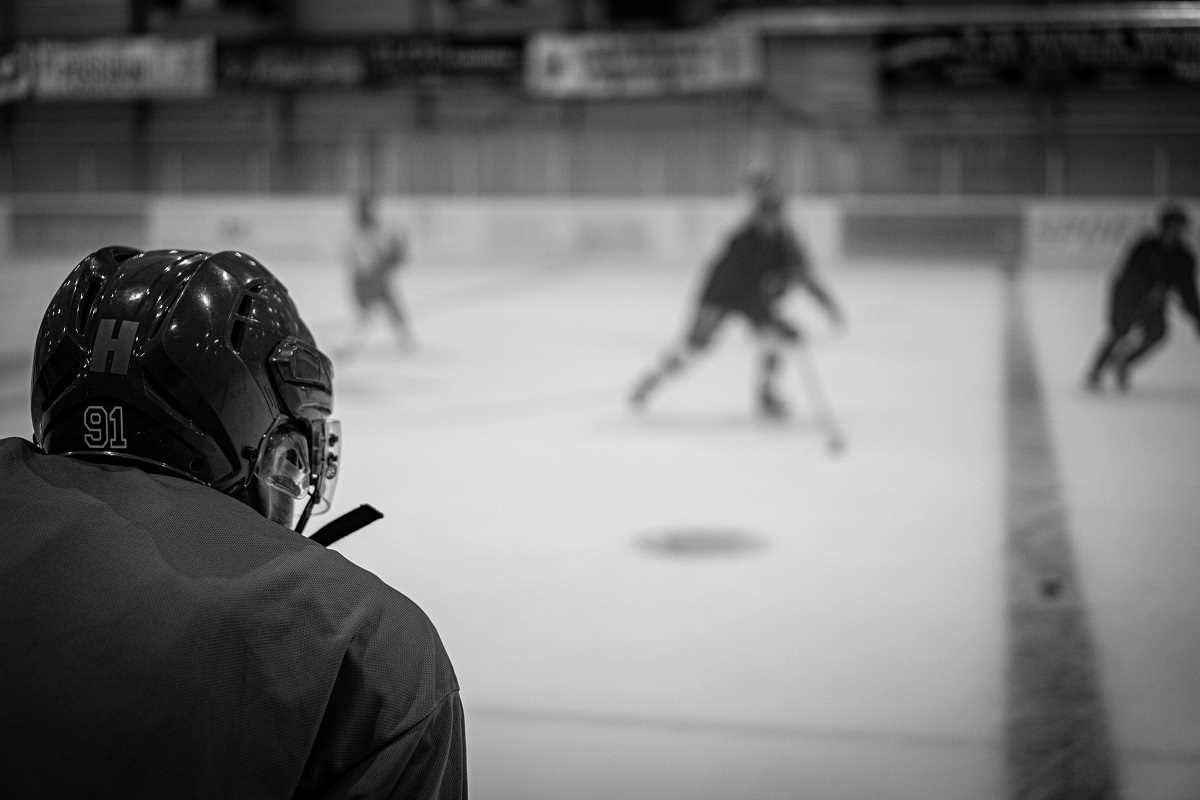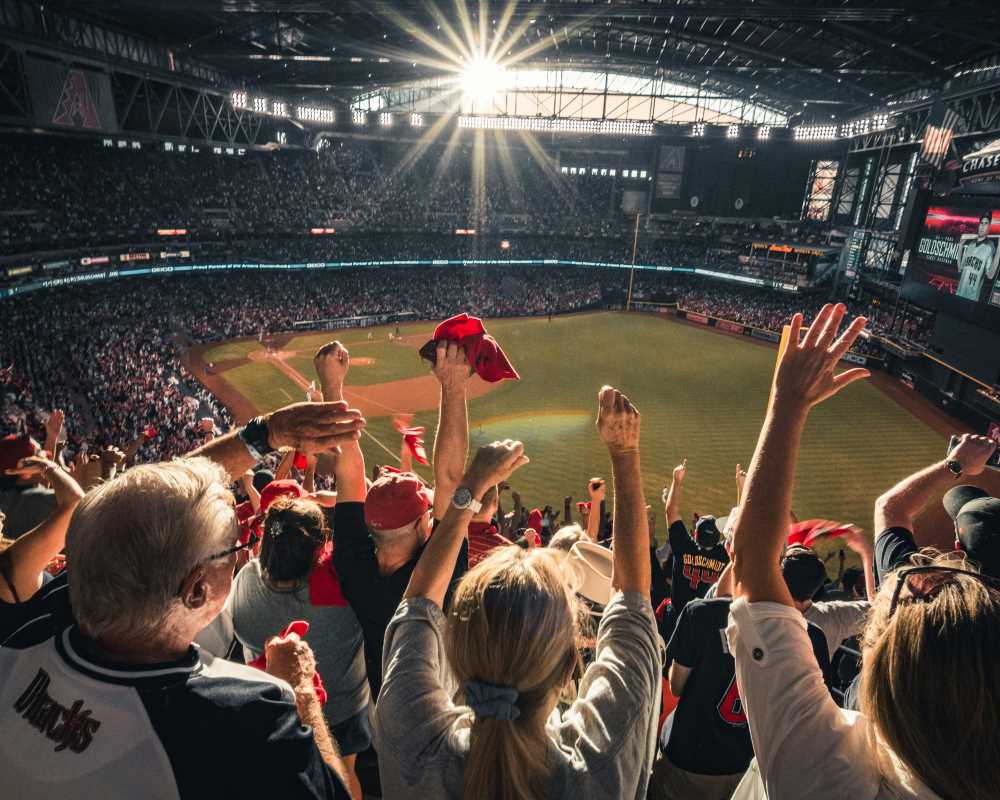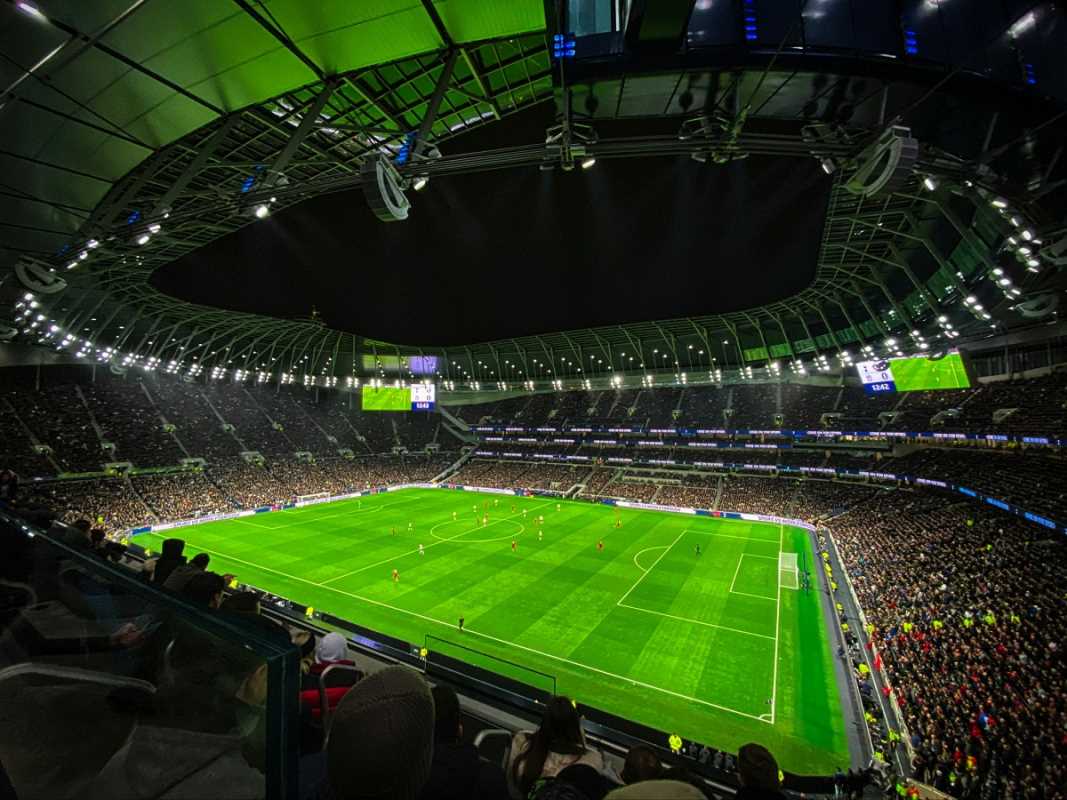Every wrestling pay-per-view event brought excitement and suspense, turning each match into an unforgettable show that captured the attention of millions. Spectators watched as athletic competition mixed seamlessly with dramatic storytelling, making every moment feel unpredictable and thrilling. The electrifying atmosphere inside the arena and at home kept viewers guessing about what would happen next, while the combination of surprising twists and emotional highs elevated wrestling beyond a simple sport. Over time, these events helped shape wrestling into a beloved form of entertainment, where fans eagerly awaited new storylines and dramatic showdowns with each broadcast.
The evolution of these events redefined competitive sports by creating a platform that combined storytelling, athleticism, and high-stakes drama. For many wrestling enthusiasts, those pay-per-view nights represented the peak of sports entertainment, a time when larger-than-life personalities clashed in epic showdowns that left lasting memories.
Key Wrestling Pay-Per-View Events
Many landmark wrestling PPV events have left their mark on sports history. WWE’s WrestleMania, for example, set the stage for superstars to build rivalries that extended beyond the ring. It introduced innovative match types and storyline twists that enhanced the overall spectacle, combining athletic excellence with dramatic storytelling. Events like WCW's Starrcade also played a central role in broadening the audience by bringing high-quality matches into living rooms worldwide.
Other notable events from different promotions such as TNA and ROH offered fresh stories and intense rivalries that brought innovation to the sport. These shows pushed the limits of what pay-per-view could deliver, often serving as turning points in the careers of prominent wrestlers. They helped shape wrestling into a globally recognized form of entertainment where every match tells a story and every finish leaves the audience in awe.
How Recaps Changed Wrestling Perceptions
Recaps of these epic shows broke down the barriers between performance and reality. They let fans relive every dramatic moment and subtle nuance that played out during the events. In doing so, they not only strengthened loyalty to specific wrestlers but also invited casual viewers to appreciate the complexities of wrestling stories. The excitement generated during these recaps showed how a well-produced PPV could lead to increased anticipation for future events.
Televised recap shows and video features showcased the behind-the-scenes efforts that went into these events, giving a view of the creative process behind match setups and storylines. By providing viewers a glimpse into backstage planning and production values, these recaps raised the profile of professional wrestling from simple sports competition to an art form of dramatic storytelling and live entertainment.
Unforgettable Matches and Moments
Several pay-per-view events genuinely altered the trajectory of professional wrestling. WrestleMania III (1987) stands out for the iconic match between Hulk Hogan and André the Giant, which drew a record-setting crowd and helped launch wrestling into mainstream culture. WrestleMania X-Seven (2001) is widely considered the pinnacle of the Attitude Era, with a brutal and emotionally charged match between The Rock and Stone Cold Steve Austin. SummerSlam 2002 delivered a stunning return from Shawn Michaels and a breakout performance from a young Brock Lesnar. More recently, AEW All Out (2021) marked a turning point for alternative wrestling promotions, with CM Punk’s highly anticipated return and instant classic matches that drew attention away from WWE. These events not only thrilled fans but also shifted audience expectations, influenced booking strategies, and inspired the next generation of wrestling storytellers.
The Development of PPV Storytelling and Production
The way PPV storytelling has developed dramatically changed the landscape of wrestling. As production values improved and new technologies emerged, events became more immersive, drawing viewers into an experience that went beyond standard athletic competition. Creative directors began to incorporate advanced cinematography, detailed set designs, and elaborate lighting to highlight the drama happening in the ring.
This period also saw the seamless blending of behind-the-scenes insights into the recaps.As storytelling techniques matured, directors started to weave multi-layered plots that connected past, present, and future storylines, eventually turning recaps into essential story vehicles that extended the life of events far beyond the broadcast.
Comparing Classic and Modern PPVs
Classic PPVs are remembered for their raw energy and genuine unpredictability, capturing the spirit of an era when every moment could trigger a chain reaction of legendary status. Modern events often incorporate sleek production elements and high-definition technologies that give fans an immersive viewing experience. The growth of the medium is evident in the storytelling, audience interaction, and technological advances seen in today’s events.
Several key differences stand out when comparing the two eras:
- Classic PPVs focused on straightforward, larger-than-life stories, while modern PPVs embrace complex, interconnected narratives that span multiple events.
- The production quality has greatly increased in modern shows, including digital effects and advanced camera work that create a polished, cinematic experience.
- Classic events often left much to the imagination with their live, unedited energy, whereas modern recaps provide carefully curated behind-the-scenes footage and analysis.
- Audience interaction has expanded in the modern era, with social media platforms serving as live forums for discussions and reactions during events.
Classic wrestling PPVs set the stage with raw storytelling, while today’s events build on that legacy with tech-driven enhancements and bold creativity. Each era pushed the limits of what wrestling could be.
These landmark shows didn’t just entertain—they transformed production, match styles, and fan expectations. Their influence echoes in every modern broadcast, proving that innovation and storytelling drive the future of sports entertainment.
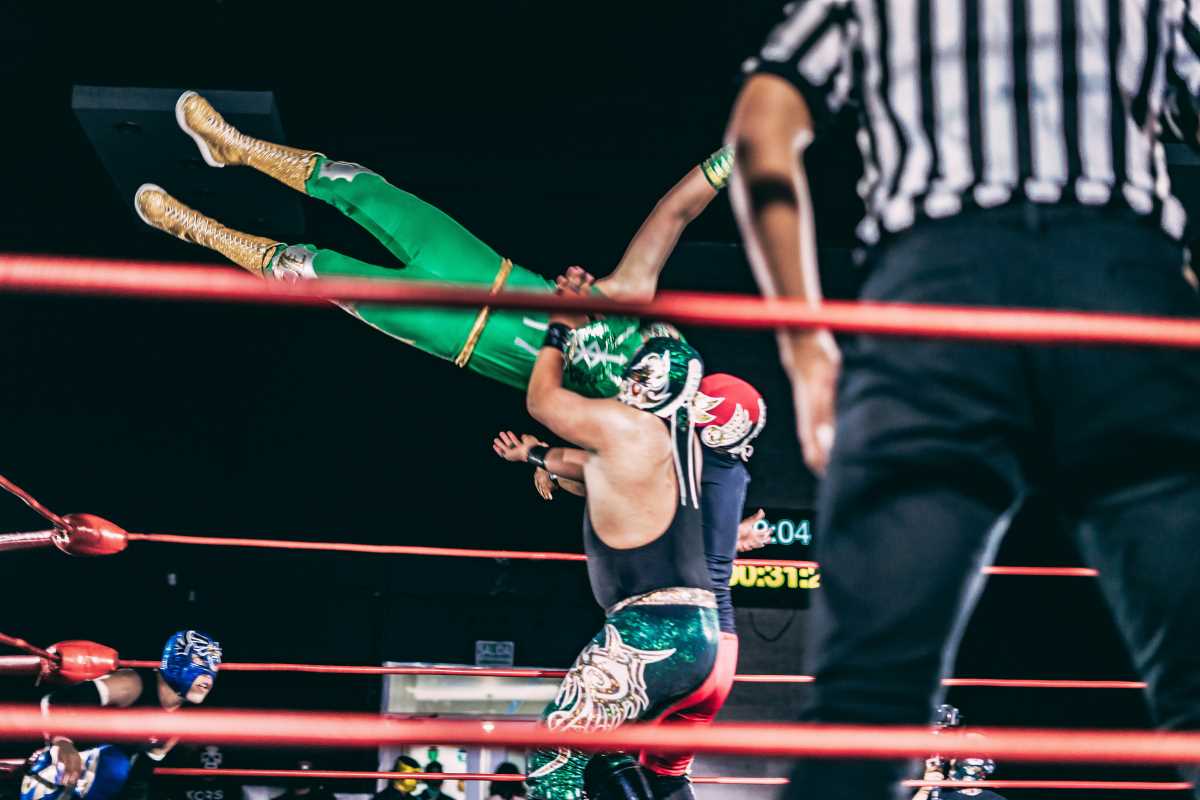 (Image via
(Image via
